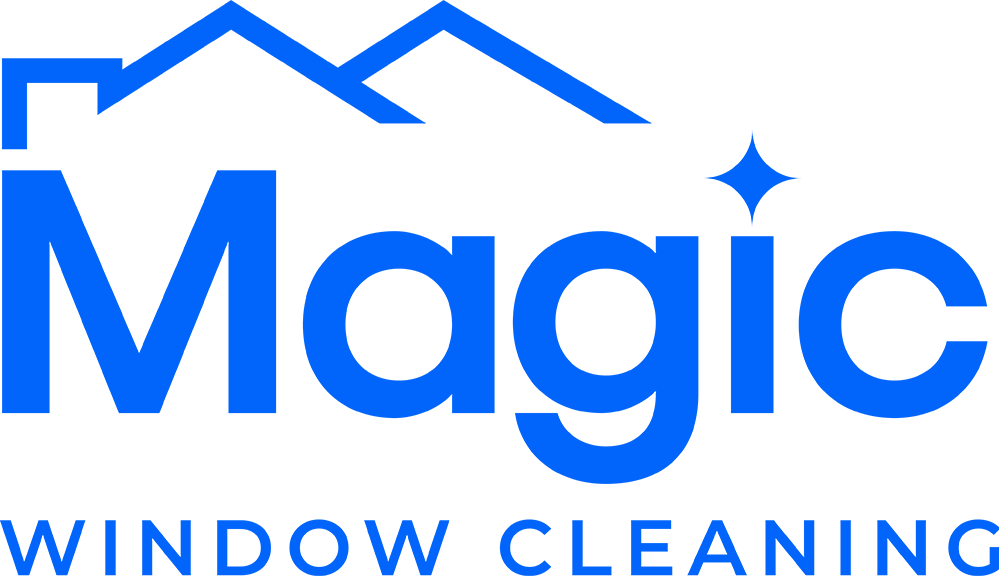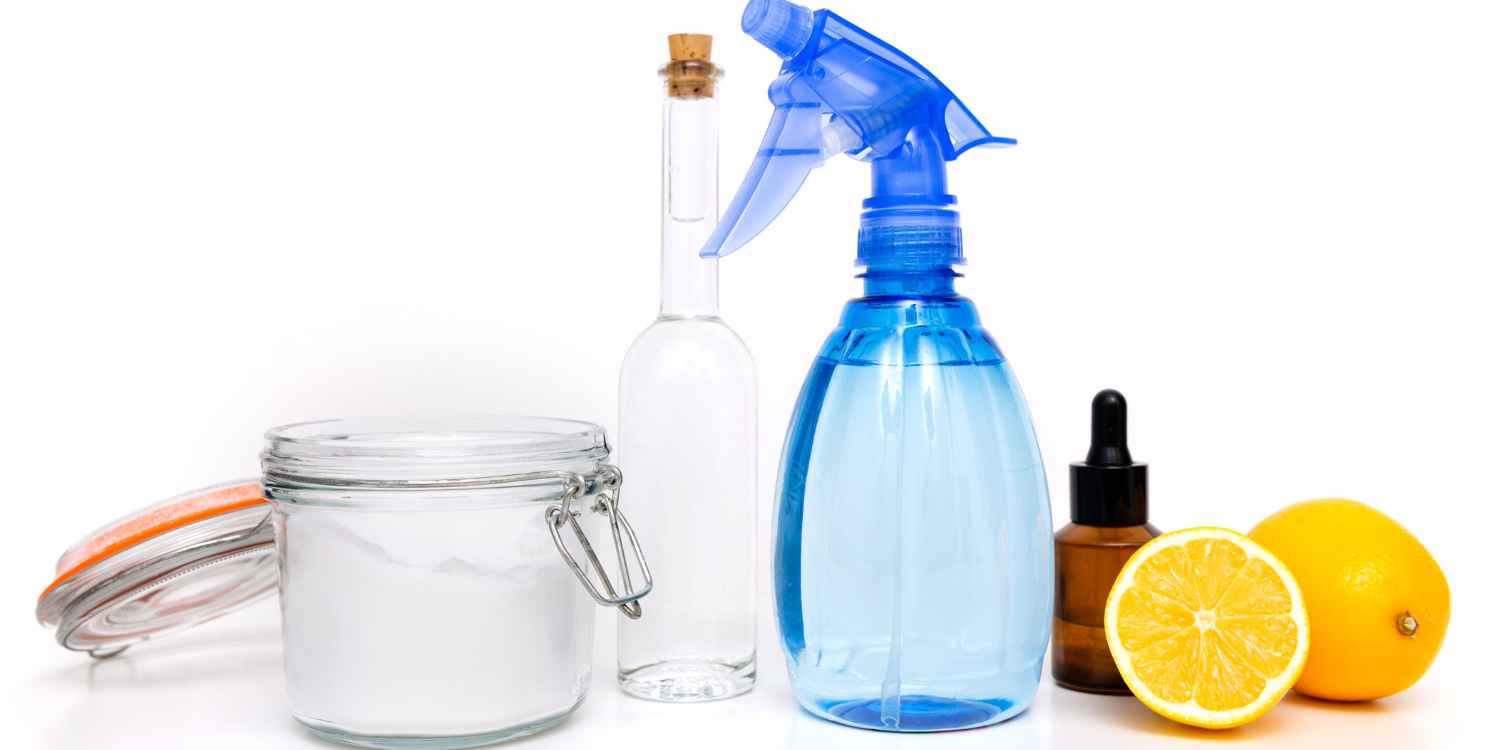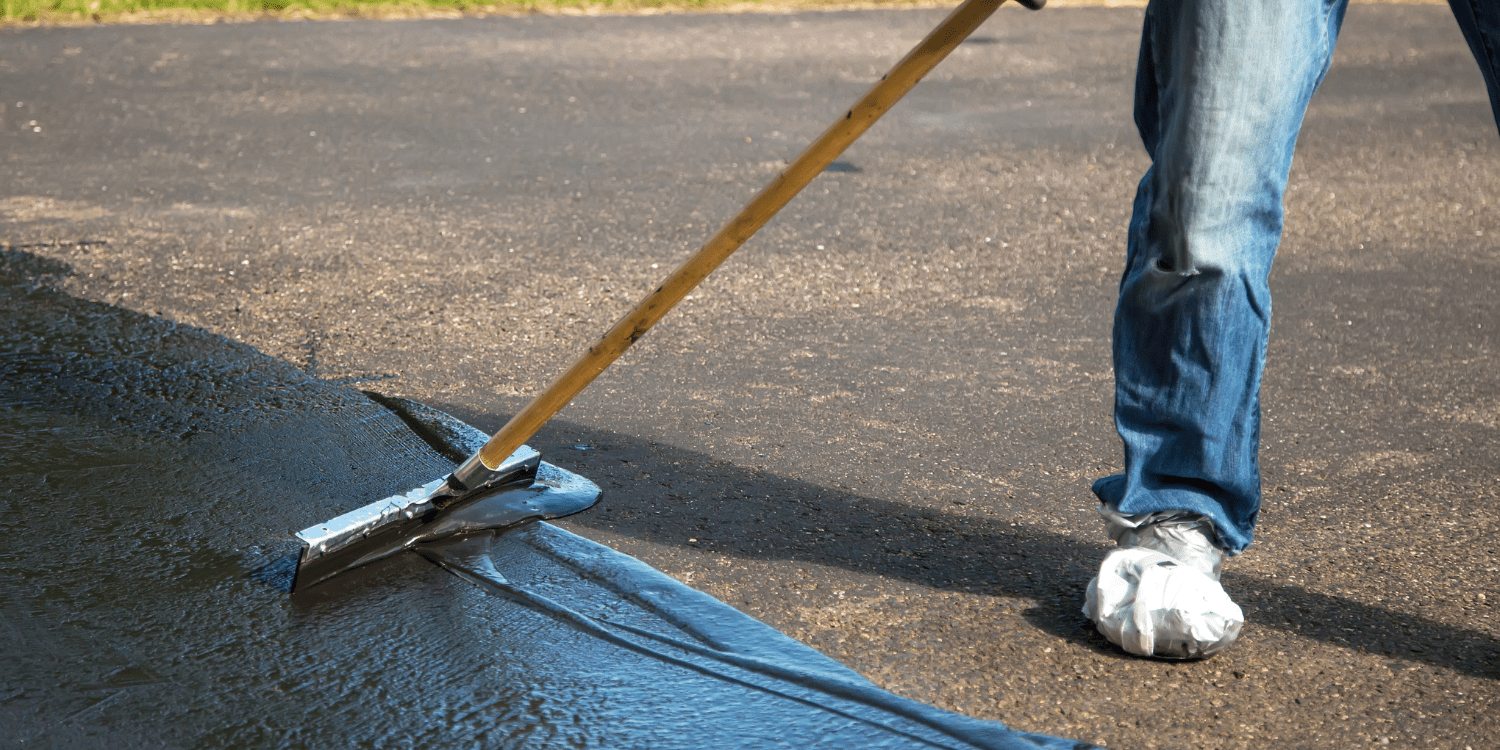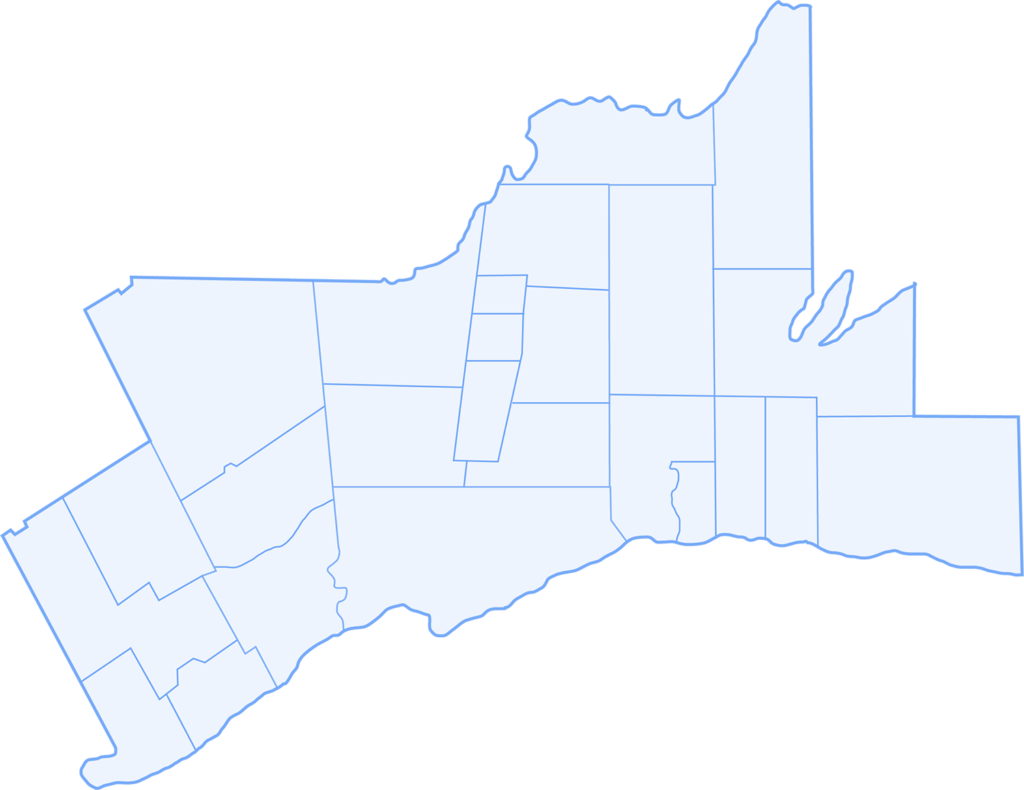When it comes to cleaning exterior surfaces, two terms often come up: power washing and pressure washing. While they may sound similar and are often used interchangeably, there are significant differences between the two methods. Understanding these disparities is crucial for selecting the right technique for your cleaning needs. In this comprehensive guide, we’ll delve into the nuances of power washing vs pressure washing, exploring their methodologies, applications, and the benefits each offers.
Power Washing: Unveiling the Dynamics
Power washing involves the use of hot water to clean surfaces. The process typically utilizes a machine that heats water to a high temperature and then sprays it at high pressure onto the target surface. The combination of heat and pressure makes power washing highly effective for removing stubborn stains, grease, grime, and mold.
Key Features of Power Washing:
- Heat Advantage: The primary distinction of power washing lies in its utilization of hot water. The heat helps to break down tough substances like oil, grease, and chewing gum more effectively than cold water alone.
- Effective Grease Removal: For surfaces such as driveways, sidewalks, and parking lots where grease and oil stains are common, power washing offers superior cleaning capabilities due to its ability to dissolve and dislodge these substances.
- Sterilization Properties: The heat generated during power washing not only aids in removing visible stains but also helps in killing bacteria, mold, and mildew, making it an ideal choice for sanitizing outdoor surfaces.
- Ideal for Tough Cleaning Jobs: From removing graffiti to tackling heavy-duty industrial cleaning tasks, power washing is often preferred for its ability to handle challenging cleaning assignments efficiently.
Pressure Washing: Unraveling the Methodology
Pressure washing, on the other hand, relies solely on high-pressure water to clean surfaces. The water used in pressure washing is not heated, making it suitable for a wide range of applications where the use of hot water may not be necessary or practical.
Key Features of Pressure Washing:
- Versatility: Pressure washing is incredibly versatile and can be used on various surfaces, including concrete, brick, wood, and even delicate materials like vinyl siding and windows, without the risk of damage from high heat.
- Water Conservation: As pressure washing doesn’t require heating water, it consumes less energy compared to power washing, making it a more environmentally friendly option. Additionally, pressure washing uses less water overall, making it a more efficient choice for water conservation.
- Gentler Cleaning: While still powerful, pressure washing is generally considered gentler than power washing, making it suitable for surfaces that may be sensitive to heat or high pressure. This makes it a preferred method for cleaning surfaces like decks, fences, and outdoor furniture.
- Regular Maintenance: Pressure washing is ideal for routine cleaning and maintenance tasks, such as removing dirt, dust, pollen, and mildew from surfaces, helping to preserve their appearance and longevity.
Choosing the Right Method for Your Needs
Now that we’ve explored the differences between power washing and pressure washing, the question arises: which method is best suited for your cleaning requirements? The answer depends on several factors, including the type of surface you need to clean, the nature of the stains or debris present, and any specific considerations such as environmental impact or water usage.
Considerations for Choosing Between Power Washing and Pressure Washing:
- Surface Material: For surfaces that can withstand high temperatures without damage, such as concrete or brick, power washing may provide the deepest clean. However, for more delicate surfaces like wood or vinyl siding, pressure washing is the safer choice.
- Stain Type: If you’re dealing with tough, oily stains or deeply embedded grime, power washing’s hot water capabilities are likely to be more effective. For general cleaning or maintenance tasks, pressure washing should suffice.
- Environmental Concerns: If you’re looking to minimize energy consumption and water usage, pressure washing is the more eco-friendly option. However, if sterilization or grease removal is essential, power washing may be necessary despite its higher energy requirements.
- Budget Considerations: Pressure washing equipment is typically less expensive to purchase or rent compared to power washing machines. If you’re on a tight budget and don’t require the added benefits of hot water, pressure washing may be the more cost-effective solution.
Conclusion
In summary, while power washing and pressure washing share the common goal of cleaning exterior surfaces, they differ significantly in their methodologies and applications. Power washing harnesses the power of hot water to tackle tough stains and sanitize surfaces effectively, making it ideal for heavy-duty cleaning tasks. On the other hand, pressure washing relies solely on high-pressure water and is preferred for its versatility, gentleness on delicate surfaces, and environmental friendliness.
Ultimately, the choice between power washing and pressure washing depends on your specific cleaning needs, priorities, and considerations. By understanding the differences between these two methods, you can make an informed decision and achieve optimal results in your outdoor cleaning endeavors.






